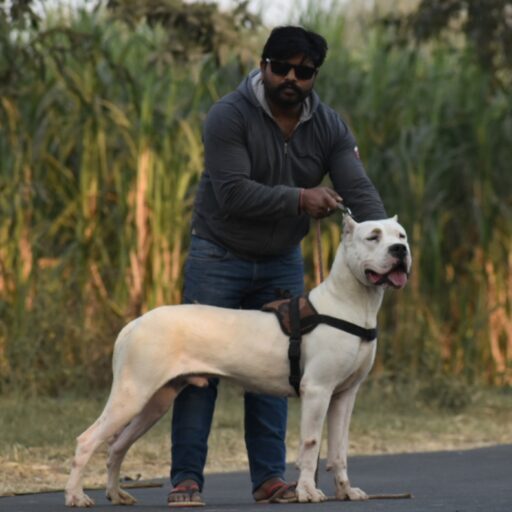
Determining a dog’s age can be tricky, but you can estimate it based on teeth, eyes, coat, and behavior. Here’s a detailed guide:
1. Checking Teeth
(Most Accurate for Puppies & Young Dogs)
Under 8 weeks: Baby teeth (sharp, small, white) are growing in.
8-16 weeks: All baby teeth are in.
4-7 months: Adult teeth start replacing baby teeth.
7-12 months: All adult teeth are in, but very white and clean.
1-3 years: Teeth start to dull slightly, and tartar may appear on back teeth.
3-5 years: Tartar buildup increases, and teeth may show signs of wear.
5-10 years: Teeth have significant wear, yellowing, and possible gum disease.
10+ years: Heavy tartar, possible missing teeth, and signs of decay.
2. Checking Eyes
Young Dogs (1-5 years): Clear, bright eyes with no cloudiness.
Middle-Aged Dogs (6-10 years): Some cloudiness (lenticular sclerosis), but vision is usually fine.
Senior Dogs (10+ years): Significant cloudiness or cataracts may appear, affecting vision.
3. Examining the Coat
Puppies & Young Adults: Soft, smooth coat with uniform color.
Middle-Aged Dogs: Some graying around the muzzle, especially in darker-coated breeds.
Senior Dogs: More graying on the face, around the eyes, and on the paws. Coat may become rougher or thinner.
4. Observing Behavior & Energy Levels
Puppies (<1 year): Very playful, energetic, and curious.
Young Adults (1-3 years): High energy but more disciplined.
Middle-Aged Dogs (4-8 years): Calmer but still active.
Seniors (9+ years): Slower movement, more naps, and possible stiffness from arthritis.
5. Veterinary Age Assessment
X-rays: Bone density decreases with age.
Blood Tests: Organ function can indicate aging-related changes.
Would you like help estimating the age of your dog based on their traits?
